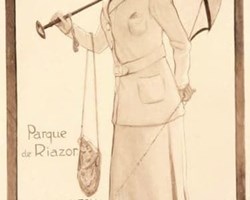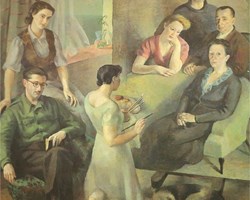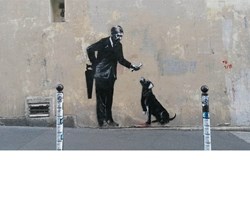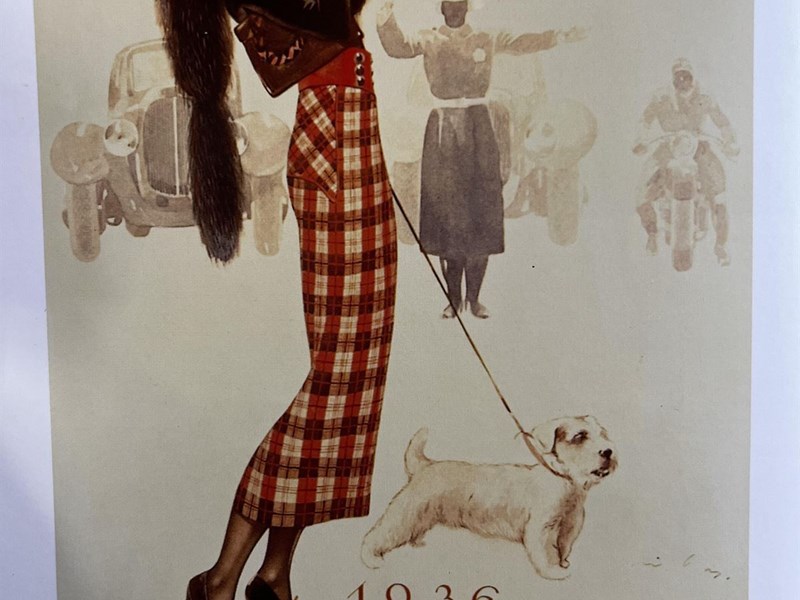
Federico Ribas Montenegro was born in 1892 in Bouzas, Vigo, in the world of advertising his firm marked an era in Spain.
Its graphic activity stands out especially in commercial advertising, becoming one of the most representative publicists in the country in the days before the Civil War.
For fourteen years, the pages of "Blanco y Negro", "La Esfera" and "Mundo Gráfico" regularly reproduced his famous advertisements for perfumery products, made for the firm Gal, with a refined and cosmopolitan style that starred, in competition with two of his contemporaries Penagos and Bartolozzi, the best advertising design of the time.
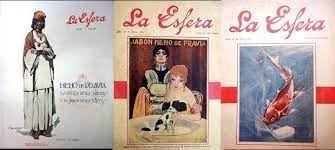
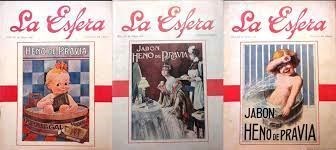
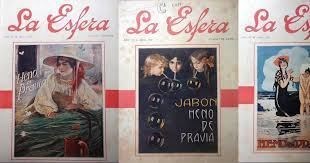
The first thing to note is that in this type of graphic activity he remained practically outside his homeland.
Ribas will connect with Madrid commercial advertising during his stay in Paris, he was immediately linked to the Gal house and to some national graphic media.
This relationship began in 1916 when he won the well-known contest for advertising posters for the "Heno de Pravia" soap and was appointed artistic director of the firm, a position he held again after his Argentine exile, until his death in 1952.
But apart from this dedication, Ribas is the author of some commercial designs for Galician companies. This is the case of the advertising campaign for the Massó canning factory and the advertising poster for the Termas de Cuntis, made for Marcial Campos.
In 1924 the Massó house, installed in Bueu, Pontevedra, entrusted him with the preparation of the luxurious advertising catalogs for their preserves.
Ribas illustrates its pages with small drawings alluding to the sea and fishing, along with photographic images of different sections and machines in the factory and packaged items,
He also made postcards with restaurants with elegant diners and obliging waiters serving Massó products, specifying the specialties at the bottom of the drawing.
It is a very careful publicity, with a view to the foreign market for preserves, hence the luxury of the edition and the texts in English and French.
Except for these works, exceptional within the framework of the regional industry, Ribas's graphic activity was linked to Madrid, especially to the "Gal" factory, where he directed the advertising department without interruption for more than twenty years.
The pioneering role played by the perfumery industries in the use of modern advertising techniques and the considerable investments in advertising by the three large Spanish companies: "Gal", "Floralia" and "Myrurgia", with a significant volume of sales of its cosmetics, which were exported all over Europe.
Especially the "Gal" factory, considered the first in this regard, hiring an artistic director in 1916 and starting a large-scale advertising project under the responsibility of Federico Ribas.
From this position, Ribas became one of the main promoters of advertising design in Spain. imposing a modern concept and a new style to graphic ads.
In the case of Ribas, the ads achieved a greater degree of diffusion, especially among the female audience to which they were directed, as they came from a pioneering experience in Spain, as a continuous collaboration between the designer and the industry.
A consequence of this fruitful relationship were the numerous advertisements in the graphic and cultural magazines of the time and the set of posters dedicated to the different products of the company: "Dens" toothpaste, "Agua de Colonia Añeja", "Gal ", among which the "Heno de Pravia" soap stands out, the center of its advertising campaign and the quintessential "Gal" product.
From the dangers of the faces, to the different situations in which they are represented, walking down the street with their dog or putting on makeup in the streets, the women of Ribas are always delicate and elegant. Whether as odalisques or gypsies, whether they wear etiquette or street clothes, in whatever setting they find themselves, they stand out for their femininity and stylized silhouette.
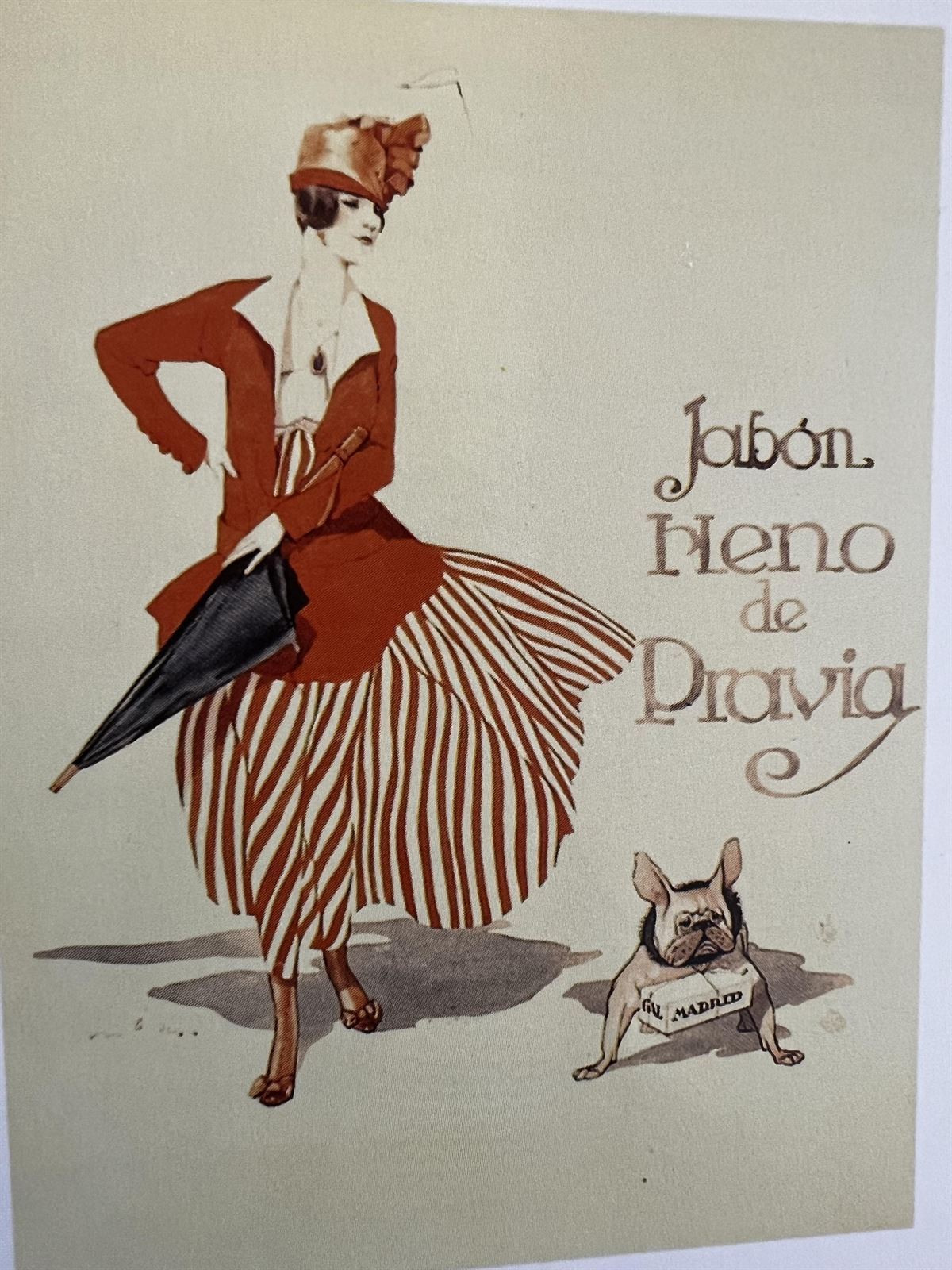
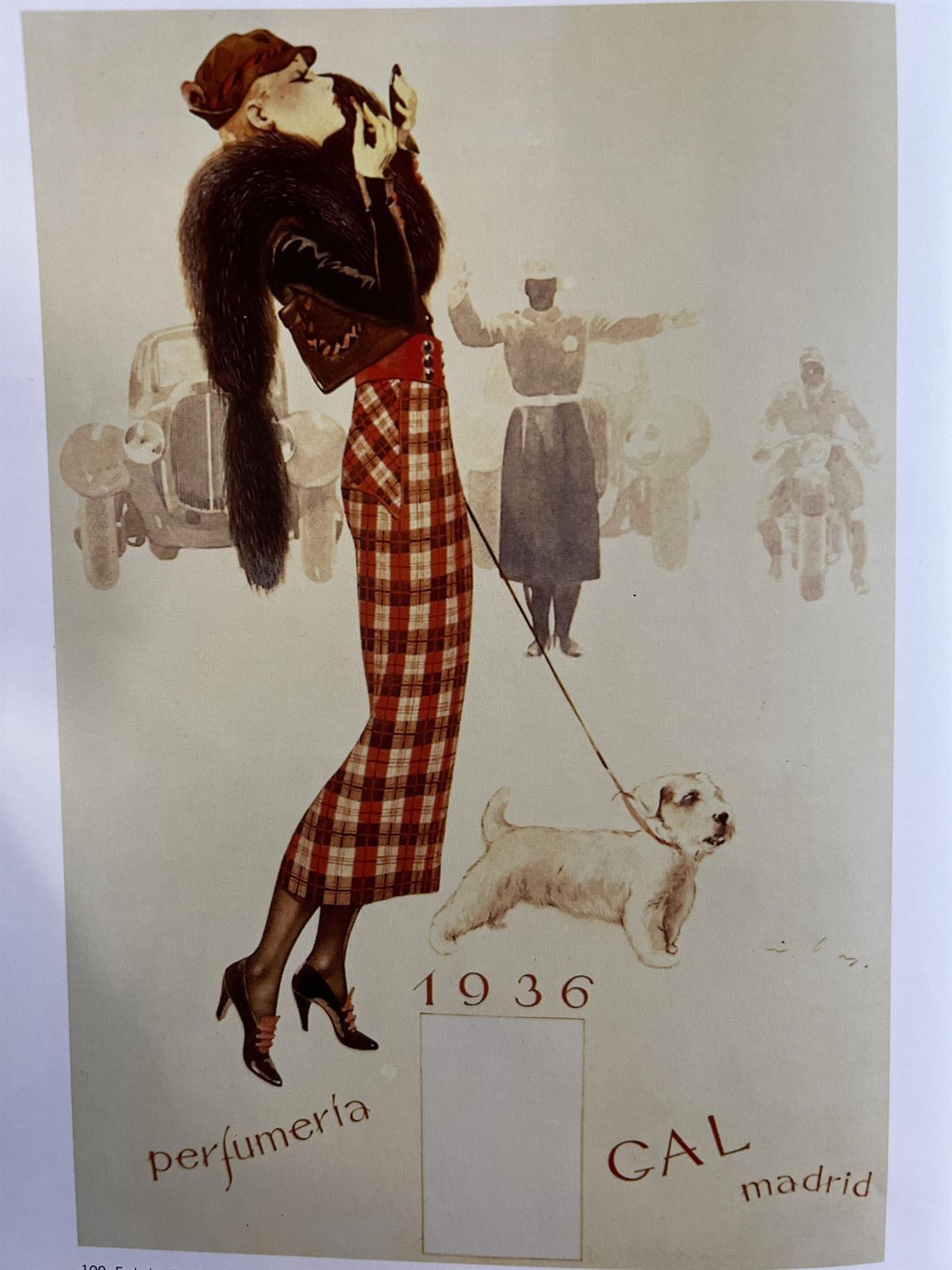
In almost all the advertisements, allusions to the product tend to be discreet, the usual thing is a simple outline of the article and the brand, without more persuasive appendices, for which reason Ribas's posters practically lack text, something unusual if we compare them with the long sentences of the remains of display ads.
The prominence of the image and the large empty areas that surround it occupy practically the entire area of the poster.
Their designs, more than explaining the product or convincing us of its advantages, create the style of the woman who uses them, evoking a feminine image, and of "the young women of Ribas", who, without going completely out of traditional roles, idealize external care. of her person, becoming a beautiful, elegant and desirable lady.
It is clear that through these suggestions, the cartoonist was as aware of the effectiveness of his commercial message as he was of the aesthetic results of his poster design.
It can be affirmed that of all the set of his work that includes, apart from the graphic advertising for "Gal" and for other commercial firms, caricatures, illustrations, artistic prints and engravings, Federico Ribas achieves in these posters, the most exquisite of his art.
This is achieved thanks to the simple drawing and a single linear line, capable of capturing the most diverse attitudes and movements with apparent ease, a sense of color that is striking and cheerful without being strident, and the composition, built based on those feminine attitudes, as if arrested in an instant, and recreated by the artist's approach.
His posters are conceived either as stylized notes on the life of an idle and elegant bourgeois woman, or as sophisticated oriental-inspired paintings, they have an unmistakable style that incorporates what the artist learned during his stay in Paris and associates them with figurines of fashions of the time, giving them his personal style, full of sharpness and imagination.
Bibliography:
- Sobrino Manzanares, Mª Luisa (1999): Posterism in Galicia. From the origins to 1936. Caixa Galicia Foundation. To Coruña. (pp.104-108).

